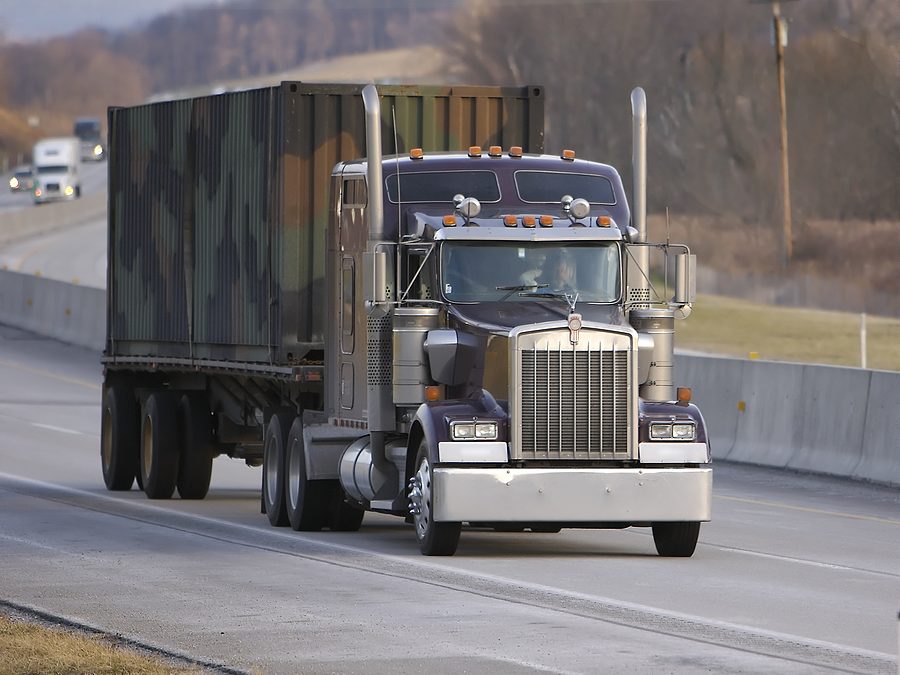Commercial motor carriers that committed to a strong safety culture and installed advanced safety technology were able to reduce vehicle crashes by as much as 75%, according to a new study by researchers with the Virginia Tech Transportation Institute.
The research team examined strategies used by nine trucking companies that had made significant improvements after being classified as “high risk” by the Federal Motor Carrier Safety Administration.
All of the carriers employed multiple strategies to improve safety, but two stood out as especially effective:
- Instilling a “safety culture” through steps such as holding regular safety meetings and encouraging employee input.
- Installing the latest safety technology such as automatic emergency braking and lane departure warnings.
“Six of the nine said technology was critically important,” said lead researcher Matthew Camden with Virginia Tech. “These technologies are improving every year and the companies are realizing the potential savings.”
Travelers and the National Safety Council supported the study. The researchers worked with insurance agencies and state trucking associations to find carriers that had improved their safety performance. The largest motor carrier selected had more than 1,000 trucks on the road; the smallest fewer than 50.
The case studies in the report measure the success of the safety measures implemented by each carrier by different standards, depending on each organization’s objectives. For example, a company identified as Carrier C targeted reductions in preventable crashes and achieved a 75.6% reduction from 2013 to 2018. Carrier D took aim at reducing its unsafe driving score, which is a number assigned to a fleet according to the number of violations of federal standards and the severity of those violations. Carrier D achieved a 45% improvement from 2012 to 2018.
The study’s findings are especially salient considering that the rate of fatal crashes increased 10% from 2016 to 2017.
